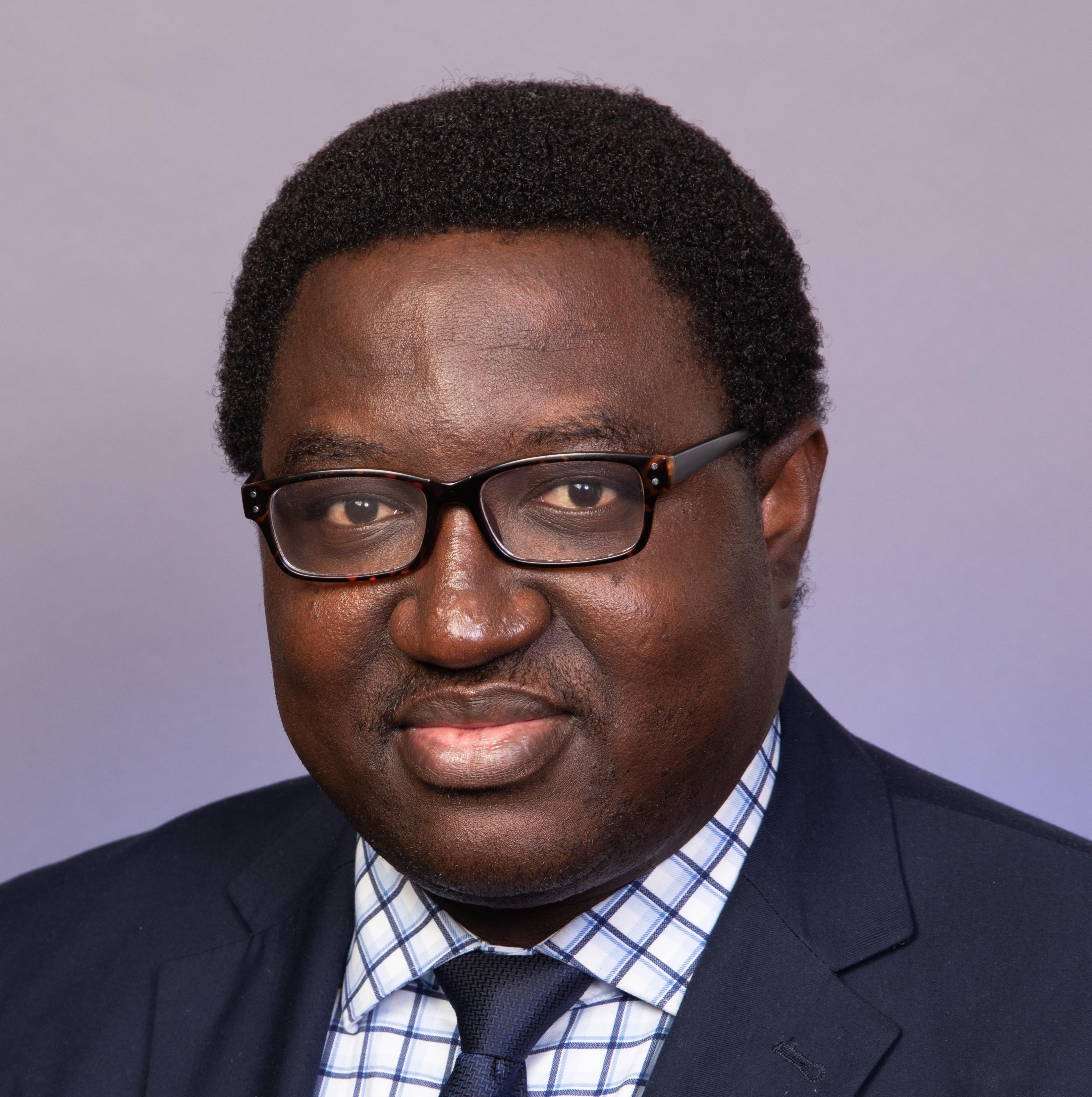Since the FDA’s expansion in 2018 of the age eligibility of the human papillomavirus (HPV) vaccine to include individuals in the 27-to-45-year age group, vaccine uptake in this age group has been slow and marked with racial, ethnic, sex, and social disparities.
Only 15% of individuals in that age bracket received the vaccine in the two years following expanded eligibility, with women receiving the vaccine at more than three times the rate of men.
That’s the conclusion of a paper recently published in Human Vaccines & Immunotherapeutics, according to lead author Nosayaba Osazuwa-Peters, PhD, MPH, BDS, a specialist in head and neck epidemiology at the Duke Cancer Institute. Daniel J. Rocke, MD, another head and neck surgical oncologist at DCI also contributed to the study.
The study’s analysis of a representative sample from the 2019 National Health Interview Survey found that non-Hispanic White men, Hispanic men, those with lower educational levels, and those without a usual place of care significantly lag behind other groups in vaccine uptake.

Osazuwa-Peters says that the vaccine has received less attention among men ever since it was originally approved for use in females and marketed most heavily for use in the 11- to 12-year-old age range, with a “catch-up age up until 26 years.” The FDA approval later expanded approval to include boys up to 26 years.
Then in 2018, the FDA expanded the age of eligibility to include both males and females ages 27 to 45 based on shared decision-making with a health-care provider.
HPV is the most common sexually transmitted infection in the U.S.—an estimated 85% of sexually active individuals will be infected at some point. The vaccine is important because some 44,000 cases of the six HPV-associated cancers are diagnosed in the U.S. each year.
A large number of these cancers are oropharyngeal, and about 75% of new oropharyngeal cases are in males. “It is time for us to think about HPV as a gender-neutral vaccine and get more males vaccinated,” Osazuwa-Peters says.
He notes that there is a need to raise awareness even among clinicians about the expanded age range.
“A doctor’s recommendation is the single most important predictor of vaccine uptake amongst patients, so the first thing is to create a consciousness among providers, including primary-care providers,” Osazuwa-Peters says. “We are talking about 44,000 new cancers every year in America that are potentially preventable from one vaccine. The virus can persist in the body for up to 30 years before it becomes cancer, so vaccination is a lifetime investment.”
